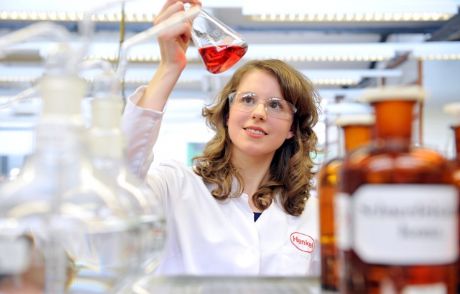Henkel continued to make progress in implementing its sustainability strategy last year.
Plastic was one of the key focus topics, with the company pursuing ambitious targets for packaging to drive progress toward the development of a sustainable, circular economy.
“Sustainability has been a top priority for Henkel for a long time. Today is the 28th time that we are reporting the progress we have made on our path of reducing resource consumption while also creating more value.
We have been able to successfully drive many projects, initiatives and activities forward, supported by excellent collaboration with our partners,” said Kathrin Menges, Executive Vice President Human Resources and Chair of Henkel’s Sustainability Council.

Creating Sustainable Value
To contribute to sustainable development, Henkel wants to create more value for its customers and consumers, for the communities it operates in and for the company itself by 2030 – while reducing its environmental footprint at the same time.
In this context, Henkel is actively supporting the implementation of the 17 Sustainable Development Goals (SDGs), which were adopted by the United Nations in 2015.
Overall, the company has increased its total efficiency by 43 percent compared to the base year 2010 – supported by activities in every region around the world. Henkel aims to increase its resource efficiency by 75 percent by 2020.
Active Contribution to Climate Protection
Against the backdrop of the Paris Agreement on Climate Change, Henkel wants to make an active contribution to the goal of limiting global warming to well below two degrees Celsius. The company’s initial efforts will focus on reducing the CO2 footprint of its own production by 75 percent by the year 2030.
Henkel is also striving to source 100 percent of the electricity it uses in production from renewable sources by 2030. At the same time, the company wants to leverage the potential of its brands and technologies: Henkel has the goal of helping its customers and consumers save 50 million metric tons of CO
2 by 2020.

